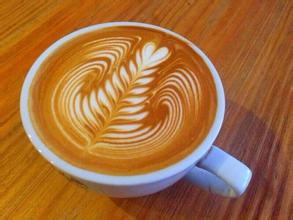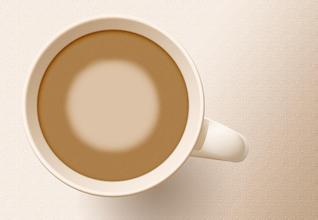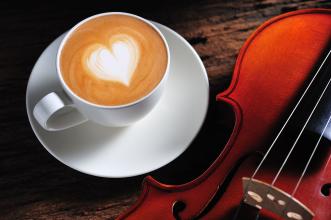Common types of coffee
Instant coffee, such as Nestle's (in fact, most of the earliest people who came into contact with coffee started from instant coffee), is simple to brew and can be mixed with hot water, but lacks the richness and change of taste; there are reports that instant coffee contains more carcinogens.
(At present, the most common coffee in China is instant coffee, which is generally referred to as 3 in 1 coffee.) Instant coffee is made from the peel of coffee beans, mixed into coffee slurry and dried into powder. Instant coffee has a much higher caffeine content than single-serve coffee, about 16:1.)
Single coffee, black coffee usually refers to coffee made by the follicular method, more broadly speaking, all pure coffee without adding other ingredients can be called black coffee. It is the black kind, divided into Blue Mountain, Brazil, Mantenin, etc., in the cafe inside generally with mocha coffee pot (stainless steel or aluminum, divided into upper and lower two parts), or glass siphon coffee pot (upper and lower two glass balls) brewing; usually only a relatively high quality single variety of coffee, suitable for making a single product (single variety) coffee.
(Personally, I think mocha pot is suitable for making comprehensive coffee. It is easy to cause excessive extraction of coffee beans when used on single-item coffee, which destroys the unique flavor and taste of single-item coffee.)
Espresso Italian espresso, using professional larger espresso coffee machine production, strong taste, generally installed in a dedicated thick small cup, the amount is very small, concentrated is the essence! It's like kung fu tea in coffee. A good cup of espresso is coated with a thick creamy substance called crema. The best is a tan cream like leopard print, the essence of coffee essence.
(That being said, I'm not used to such a strong taste yet, or maybe I haven't tasted a really high quality espresso yet.) Hehe ~~)
Traditional fancy coffee, usually made on the basis of espresso, added foam, syrup, cinnamon and so on, such as cappuccino, milk (latte), mochacino, caramel macchiato, Herbalife and so on.
(This is the most popular type of coffee shop. It is also a drink that everyone can adapt to. Of course, there are some more high-end fancy coffee, such as: Vienna coffee, cinnamon coffee and so on. And added alcohol: Irish coffee, Royal coffee, Alexander coffee, etc.

Important Notice :
前街咖啡 FrontStreet Coffee has moved to new addredd:
FrontStreet Coffee Address: 315,Donghua East Road,GuangZhou
Tel:020 38364473
- Prev

German history: substitute coffee
Today, Germany is one of the countries that import the most coffee in the world. More than 1/4 of Vietnam's annual coffee exports are sent to Germany. But when it comes to Germany, we only think of sausages and beer, not coffee. This is because, in the 17th century, when coffee spread across Europe, Germany had few overseas colonies, unlike Britain and France.
- Next

Coffee culture and etiquette in the United States
When Americans drink coffee, it is like playing a game without rules, laissez-faire without taboos. Americans are dismissive of all kinds of exquisite coffee made by Europeans. Americans drink coffee freely, and at the same time, coffee goes deep into their lives and is difficult to separate, and the influence is so deep that it is not considered a life without coffee. It is said that Apollo carried a man to the moon for the first time.
Related
- Beginners will see the "Coffee pull flower" guide!
- What is the difference between ice blog purified milk and ordinary milk coffee?
- Why is the Philippines the largest producer of crops in Liberia?
- For coffee extraction, should the fine powder be retained?
- How does extracted espresso fill pressed powder? How much strength does it take to press the powder?
- How to make jasmine cold extract coffee? Is the jasmine + latte good?
- Will this little toy really make the coffee taste better? How does Lily Drip affect coffee extraction?
- Will the action of slapping the filter cup also affect coffee extraction?
- What's the difference between powder-to-water ratio and powder-to-liquid ratio?
- What is the Ethiopian local species? What does it have to do with Heirloom native species?

